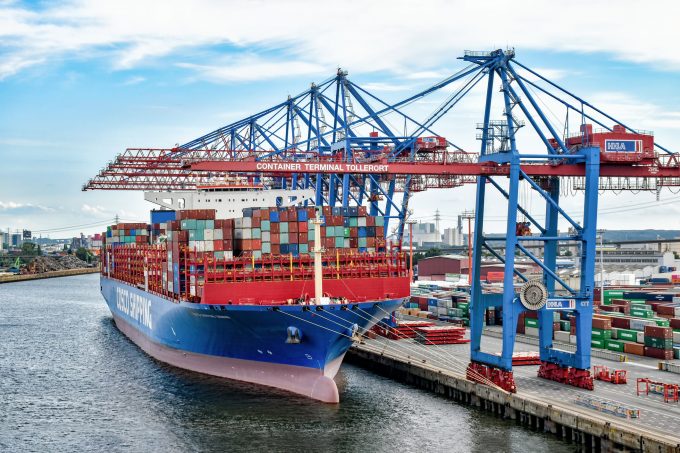Threat of rising oil price adds to frustration for crisis-hit supply chain chiefs
New warnings from the World Bank of surging oil prices, adding to the continuing instability ...

Ocean carriers are planning a wave of sizeable FAK rate hikes across the major east-west tradelanes next month, in an attempt to swivel voyage results back into the black.
And, with the 2024 budget season looming, the shipping lines will want to jettison unprofitable cargo from their customer portfolios.
For example, MSC this week announced new freight rates, effective 17 November, from the Mediterranean and North Europe to the US, Canada and Mexico, including a $4,400 per 40ft base rate from Antwerp to New York.
Container spot rates on the transatlantic have collapsed by around 80% over the past 12 months, driven down by carrier capacity upgrades and new market entrants – for instance, Xeneta’s XSI North Europe to US east coast component this week was down at $1,336 per 40ft.
Meanwhile, the Hapag-Lloyd and CMA CGM-led circa-$1,800 per 40ft new Asia-North Europe FAK rates, valid from 1 November and supported by radical capacity management, are starting to have some impact on the market.
Indeed, a UK-based shipper told The Loadstar his November rates from all but one of his regular carriers this week had doubled.
However, this has yet to be reflected in the Asia-North Europe container spot indices, which remained flat this week at just under $1,000 per 40ft.
Moreover, according to Singapore-based AGX, a collaboration platform for forwarders and importers, there is still some doubt whether carriers will be able to get a decent percentage of the rate hikes to stick.
“NVOCC November rates are now $1,100 per 40ft for the month, with the expectation that this will go down after the first one or two sailings,” said AGX this morning.
On the transpacific, carriers have underpinned container spot rates with a huge blanking programme around the Chinese Golden Week holiday, peaking next week with North American west coast terminals receiving 19 fewer vessels than advertised.
This was evidenced by Signal operational data from the port of Los Angeles, which shows only 11 vessels due to arrive next week, compared with 17 this week and 18 the following week.
As a consequence of their judicious capacity management, carriers have been able to stabilise spot rates, with for instance, Drewry’s US west coast component edging down by just 1% this week, to $1,979 per 40ft, while spot rates for the US east coast were unchanged at $2,629.
Ocean carriers are under considerable pressure, particularly on the east-west routes, and the loss-making voyage results cannot be sustained for much longer.
“It’s not realistic to expect shipping lines to keep losing money,” said Xeneta CEO Patrik Berglund in the firm’s 2024 Outlook for Ocean Freight Shipping publication. “They are effectively subsidising shippers to move their cargo around the world.”
He believes rates will bounce back, “it’s just a matter of when”, and he has a word of caution for shippers currently enjoying very low short-term contract rates.
“Shipping lines will jack-up the market, look at those contracts and, in many cases, deem them non-profitable. They are going to be inclined, at every chance they get, to not pick up those boxes,” warned Mr Berglund.
Comment on this article
Fred Stiening
October 23, 2023 at 10:18 amWhat is a FAK rate?
Alex Lennane
October 23, 2023 at 10:22 amFreight All Kinds – A FAK rate is negotiated between the client and the freight carrier. It’s essentially an agreement that the carrier will transport multiple products with different classes at a single freight rate.
Mike Wackett
October 23, 2023 at 10:29 amYes, there are so many acronyms in shipping! We should explain and not assume that everybody knows, or can remember the meaning!